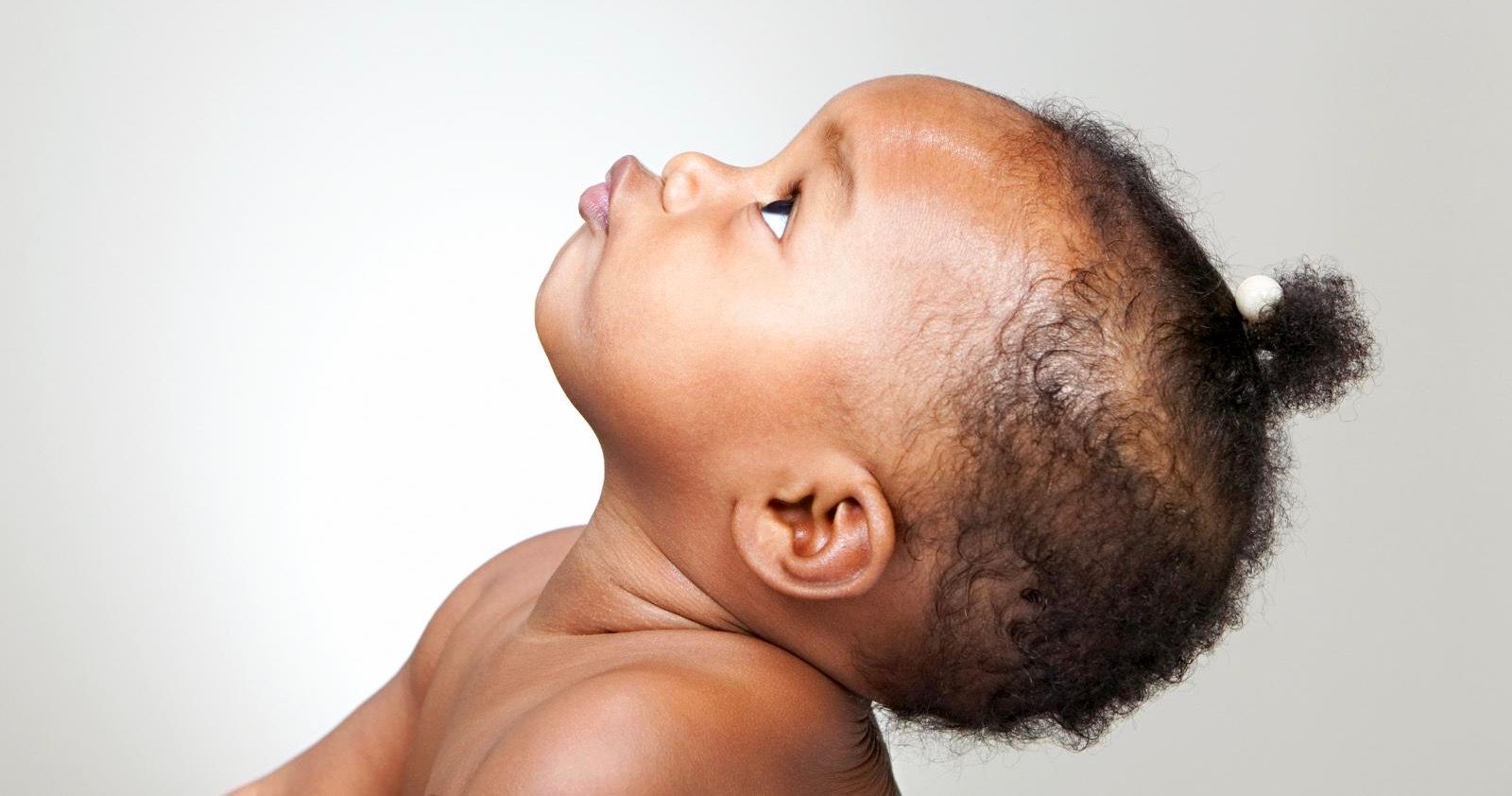

In breastfed babies, poop will often look mustard-like. These stools are lighter in color - greenish-yellow or brown - and loose and grainy in texture. This is a sign that baby's starting to digest breast milk or formula and transitioning to normal baby poop.

Sometime around the third or fourth day of your newborn’s life, after all the meconium passes, you’ll start to see what’s known as transitional stools. Try feeding more frequently and ensuring one breast is fully drained before offering the other. Your baby may also be super gassy and cry a lot. If you’re breastfeeding, newborn baby poop color that’s bright green and frothy may indicate your baby is switching breasts too often and getting less of the fatty hindmilk that comes at the end of a feed. Call right away if it’s accompanied by fever, vomiting or signs of dehydration. If watery poop lasts longer than 24 hours, always check in with the pediatrician for an official diagnosis and get-well plan. Make sure your baby is getting plenty of fluids - breastfeeding or taking a bottle at least as often as usual, if not more.Īlso consider giving your baby a teaspoon of liquids with electrolytes (like Pedialyte) about every hour call your doctor if you have questions about dosing. Severe diarrhea can indicate more serious issue, like a viral or bacterial infection.īesides being messy, frequent and watery baby poops can quickly make your little one dehydrated and cause discomfort and diaper rash. This occurs most often when there’s a change in your baby’s diet (or your diet, if you’re breastfeeding) or when your little one has an allergy or food intolerance (to milk, for instance). Loose, watery stools that are greener than usual and make an appearance several times a day likely mean that your baby has diarrhea. Have a Gassy Baby? What to Know About Infant Gas Symptoms, Remedies and Causes Green baby poop Watery, green baby poop One thing to note: Iron supplements or iron-fortified formula can sometimes cause stool to turn dark brown or black, in which case there’s no need to be concerned. (This is different from your baby’s first few meconium bowel movements.) Contact your pediatrician. Thick, black stools when your baby is more than 3 days old may indicate bleeding in the digestive tract, which can be dangerous. It will pass within the first day or two of life and is a completely normal sign that your baby’s bowels are functioning.

That’s meconium, a substance that gradually filled your baby’s intestines in utero. The first few times you change your baby’s diaper, you may notice newborn baby poop that’s greenish-black and sticky or tar-like. Black baby poop Sticky, greenish-black baby poop Read on to find out what's normal in terms of baby poop color and what might warrant a call to your pediatrician. Formula-fed newborn poop is thicker and more fully formed. Breastfed baby poop tends to be mushy, seedy and sometimes even watery. The color and consistency of newborn poop also varies depending on whether you’re breastfeeding or formula-feeding.


 0 kommentar(er)
0 kommentar(er)
